Alicja Kwade and Agnes Martin in Los Angeles: time, temporality and perception
Artists Alicja Kwade and Agnes Martin are in dialogue at Pace Gallery, Los Angeles
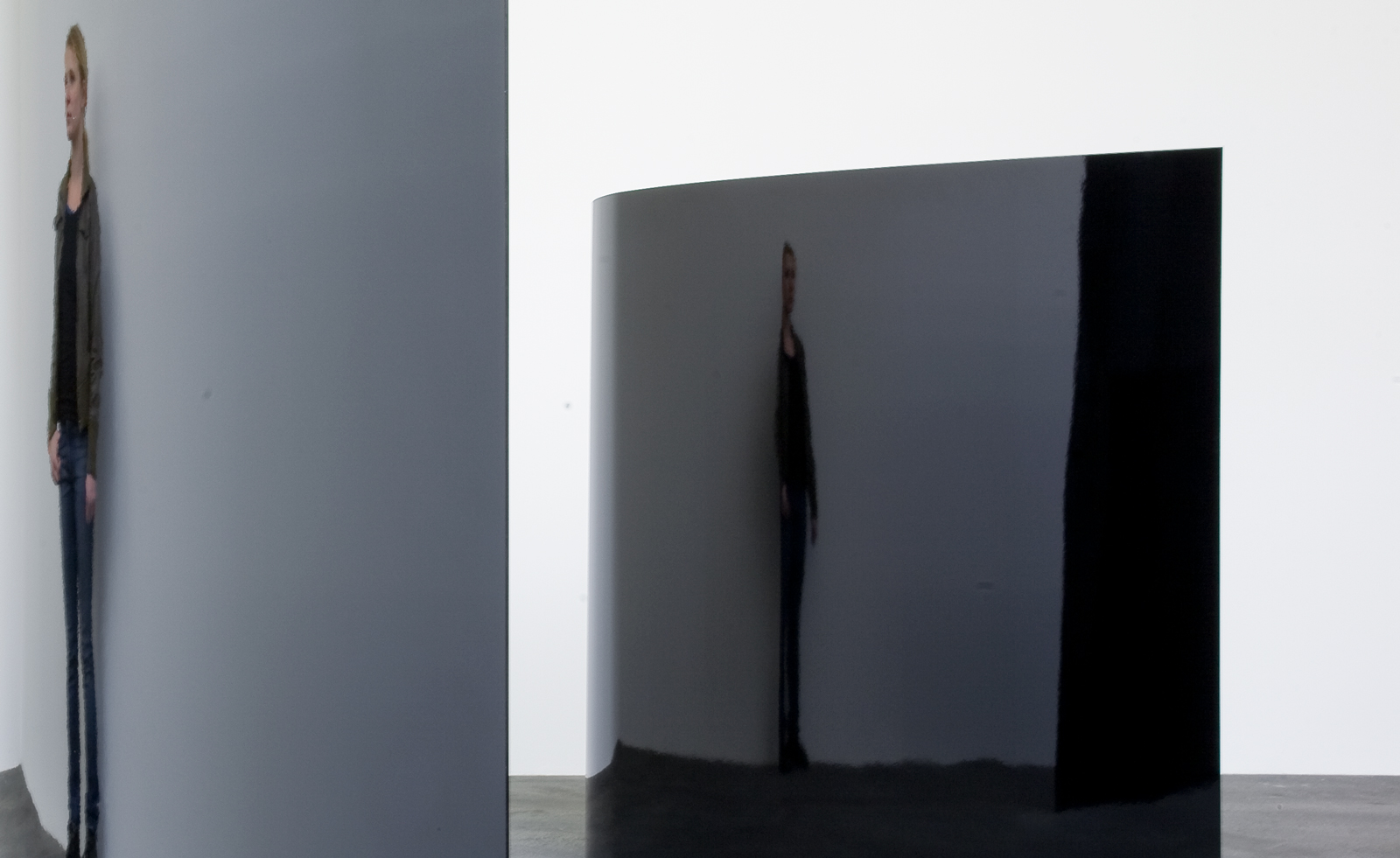
Throughout her practice, Polish-born, Berlin-based artist Alicja Kwade works to dismantle conventional understandings of the world and propose new perceptions. When I visit her studio, a group of assistants are placing a tree trunk, carved into a stool on one end and remaining covered in bark at the other, on the ground (abarstoolisabarstoolisabarstool, 2019). The top of the forklift carrying the sculpture gently hits a rock, one of eight dangling from a motorized mobile suspended from the ceiling (Superheavy Skies, 2022).
Elsewhere, someone patiently attaches gold-plated wristwatch hands to a large piece of white cardboard, a work that will eventually belong to Kwade’s series ‘Entropie’. This month, over 5,000 such watch hands will be meticulously mounted on the walls of Pace Gallery in Los Angeles, with the exact number of hands and their spacing corresponding to the measurements of the space translated into days, hours, and minutes. Yet in this context, they will also serve a secondary purpose: underlining a carefully selected group of paintings and works on paper by the seminal artist Agnes Martin (1912-2004).
Alicja Kwade and Agnes Martin, ‘Space Between the Lines ’, at Pace Gallery

Kwade, Alicja, The Sun, 2022
Titled ‘Space Between the Lines’, the two-person show is co-curated by Kwade and Pace’s founder Arne Glimcher, who was close friends with Martin until her death in 2004 and who has represented her since 1974. The show explores the conceptual intersections of the two artists’ practices, namely their interests in time and temporality as the organisational principles of our perception and experiences within the world. Formally, it highlights their distinct use of the line as a recognisable shape that can be used to manipulate and reformulate such structures and systems. Lines, as Kwade says when we sit down at a table in her studio’s kitchen, ‘are the simplest form you can use to define a space. They are how you divide and frame a vision.’
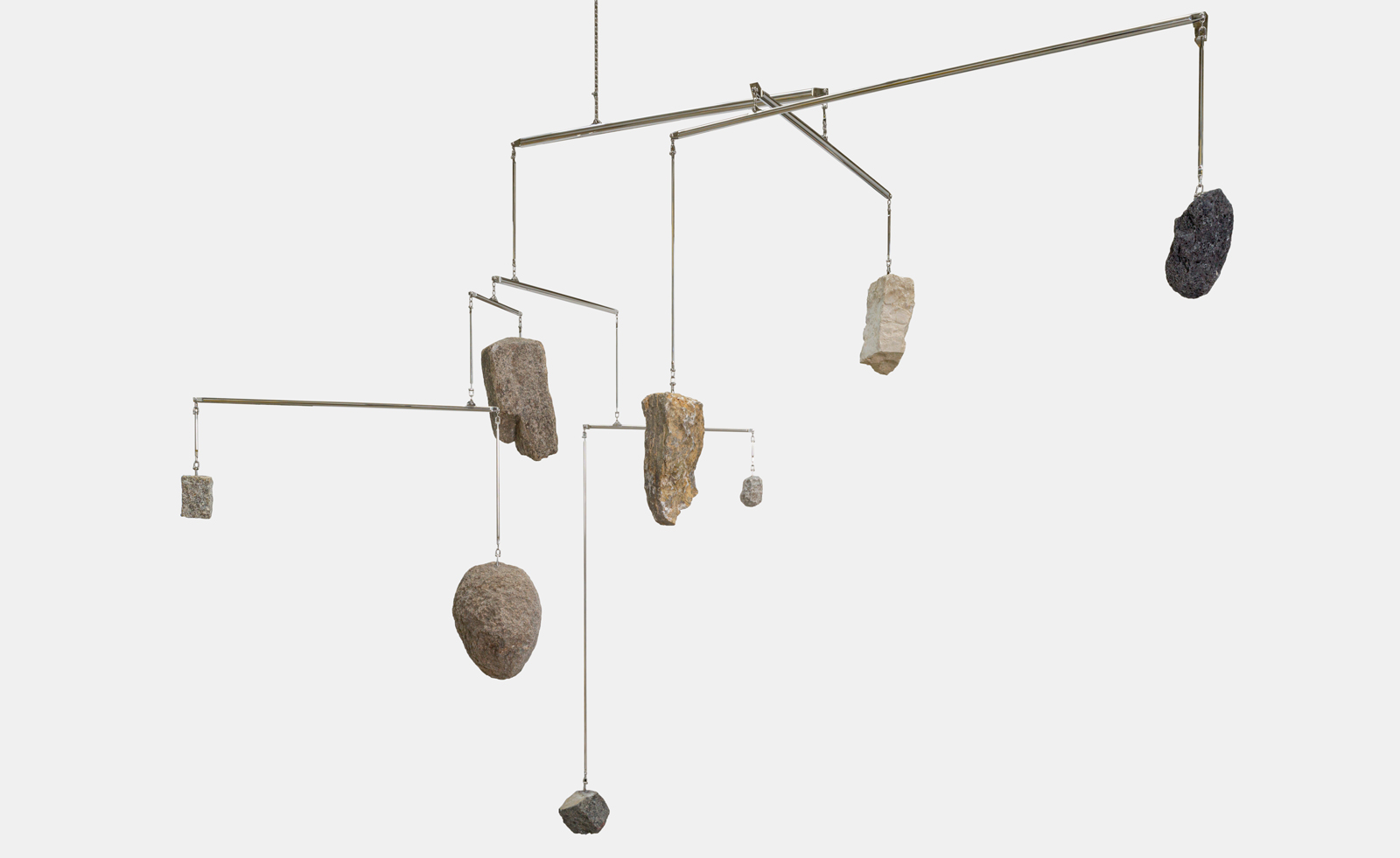
Kwade, Alicja, Superheavy Skies, 2022
When it comes to Martin’s work, ‘I’m not a specialist,’ Kwade admits. Yet while working on this show and through conversations with Glimcher, she began to recognise similarities extending far beyond the use of the line. For instance, Kwade visited New Mexico, where Martin lived and worked in solitude for most of her life; following the visit and during her research, Kwade began to ‘feel the landscape’ and ‘relate to this three-dimensional world Martin distilled and reduced on this very two-dimensional canvas’, she says. ‘This is what I also try to do: to distill something without adding too much.’

Kwade, Alicja, abarstoolisabarstoolisabarstool, 2019
In Los Angeles, Kwade is debuting two new sculptures, Distorted Day and Distorted Dream (both 2023), each of which blends elements from older and other ongoing series. Large parabolic, black-lacquered sheets of stainless steel harken back to Der Tag ohne Gestern (The day without yesterday), a series from 2009 with similarly shaped steel planes. The older series conceptually explores light and sound waves as well as the creation of the universe. Due to the shape and the shiny varnish, viewers can see themselves reflected in the work: at times, one’s body is multiplied or stretched; at another point, toward the centre, one disappears entirely, as if sucked into a black hole.
In the new pieces, surrounding the curving planes are thin black powder-coated stainless-steel frames supporting giant boulders that appear to almost float in space – structures that reference Kwade’s series ParaPivot and MatterMotion, which realign our perceptions of gravity, galaxies, and our solar system. By blending both the formal and conceptual qualities of these series, Distorted Day and Distorted Dream prompt viewers to see our entire universe – and our place within it – anew.
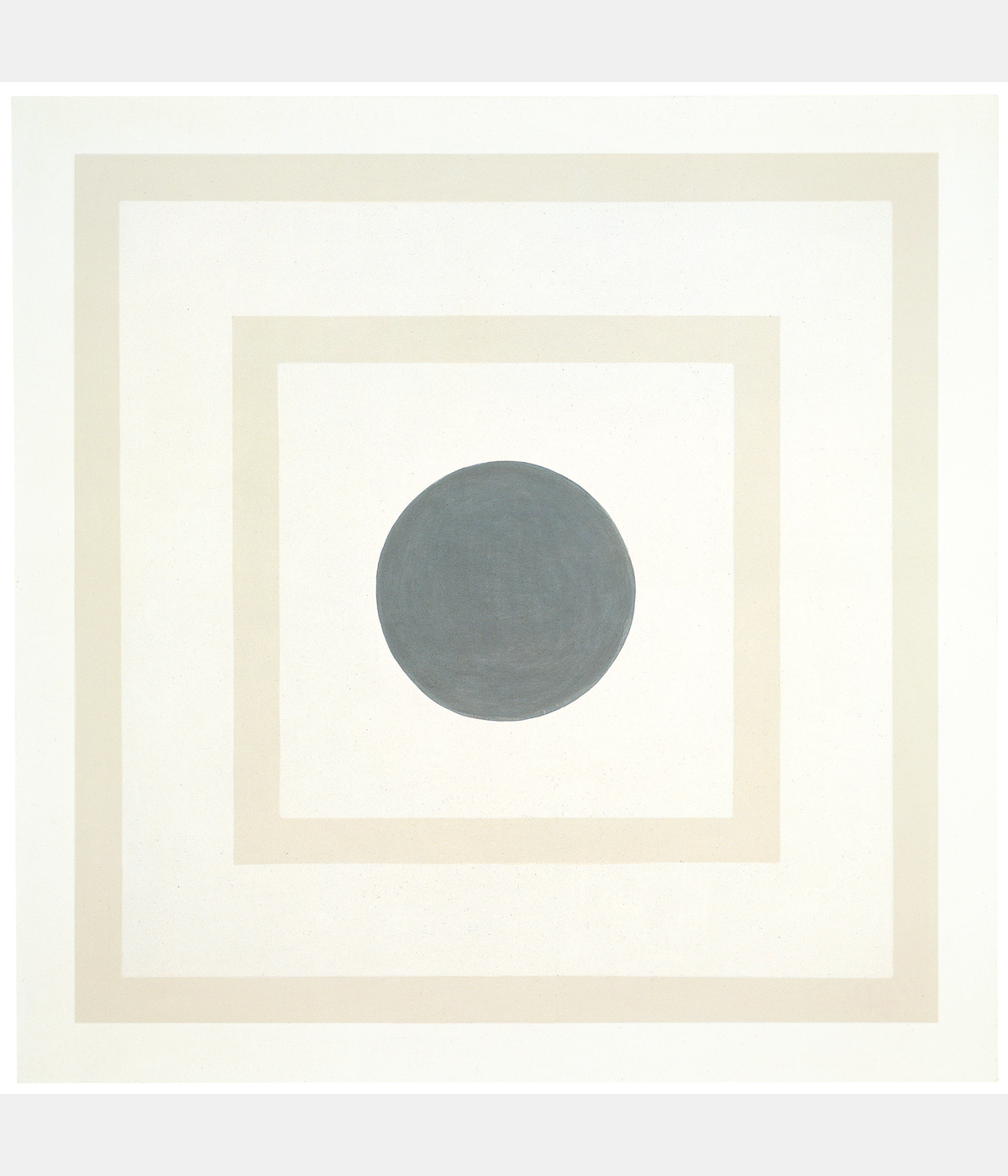
Martin Agnes, Untitled, c.1960
Despite the cosmological, conceptual scales of both artists’ practices and this show, there is also a certain levity – experienced through the softness of some of Martin’s colour palettes and her reduced compositions as well as the optical illusions in Kwade’s towering sculptures and her smaller, more playful pieces, like The Sun (2022), a bright yellow melon rendered in bronze (which will also be shown in LA). ‘I’m thinking very seriously about how the world is put together,’ Kwade says, ‘but at the end of the day, you also need to laugh.’
Receive our daily digest of inspiration, escapism and design stories from around the world direct to your inbox.
When asked what she has learned from the process of creating this show, Kwade’s answer reflects the humour punctuating the weighty exhibition in the form of the melon. It has nothing to do with her work; rather, she expresses a longing for the direction of her life: ‘I recognised my desire to escape,’ she says with a laugh. ‘I have a long way ahead, but I want to end up in some kind of a desert. With two cats and a donkey.’
Alicja Kwade and Agnes Martin, ‘Space Between the Lines ’, at Pace Gallery, Los Angeles, until Jun 29, 2024

Alicja Kwade
-
 At last: a London hotel that’s great for groups and extended stays
At last: a London hotel that’s great for groups and extended staysThe July London Victoria, a new aparthotel concept just steps away from one of the city's busiest rail stations, is perfect for weekends and long-term visits alike
-
 Three new smartwatches showcase new frontiers in affordable timepiece design
Three new smartwatches showcase new frontiers in affordable timepiece designLong may you run: smartwatches from Withit, Kospet and OnePlus favour function and value above all else, demonstrating just how much the smartwatch has evolved in recent years
-
 Debuts, dandies, Demi Moore: 25 fashion moments that defined 2025 in style
Debuts, dandies, Demi Moore: 25 fashion moments that defined 2025 in style2025 was a watershed year in fashion. As selected by the Wallpaper* style team, here are the 25 moments that defined the zeitgeist
-
 The Hammer Museum in Los Angeles launches the seventh iteration of its highly anticipated artist biennial
The Hammer Museum in Los Angeles launches the seventh iteration of its highly anticipated artist biennialOne of the gallery's flagship exhibitions, Made in LA showcases the breadth and depth of the city's contemporary art scene
-
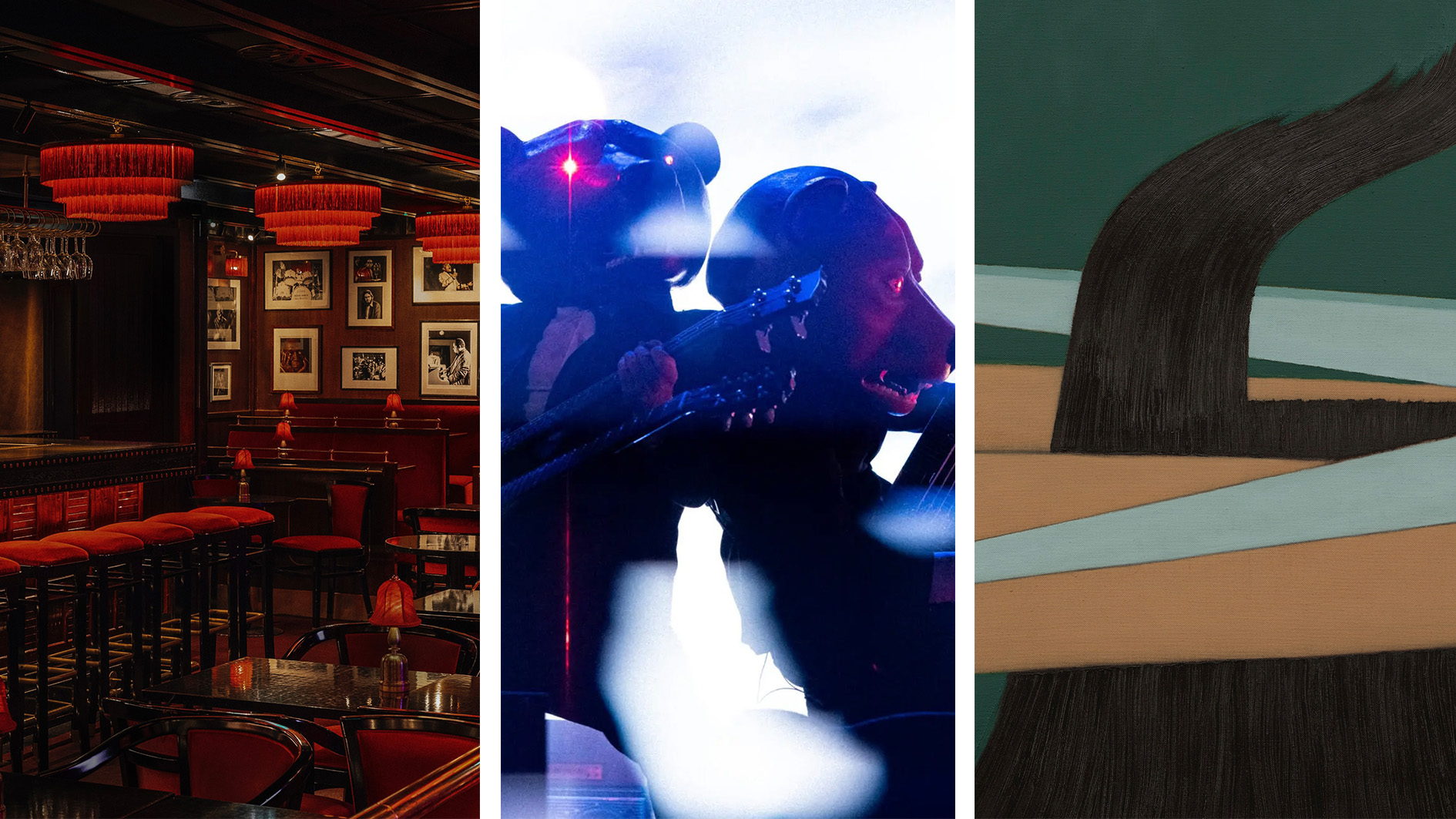 Out of office: the Wallpaper* editors’ picks of the week
Out of office: the Wallpaper* editors’ picks of the weekAnother week, another flurry of events, opening and excursions showcasing the best of culture and entertainment at home and abroad. Catch our editors at Scandi festivals, iconic jazz clubs, and running the length of Manhattan…
-
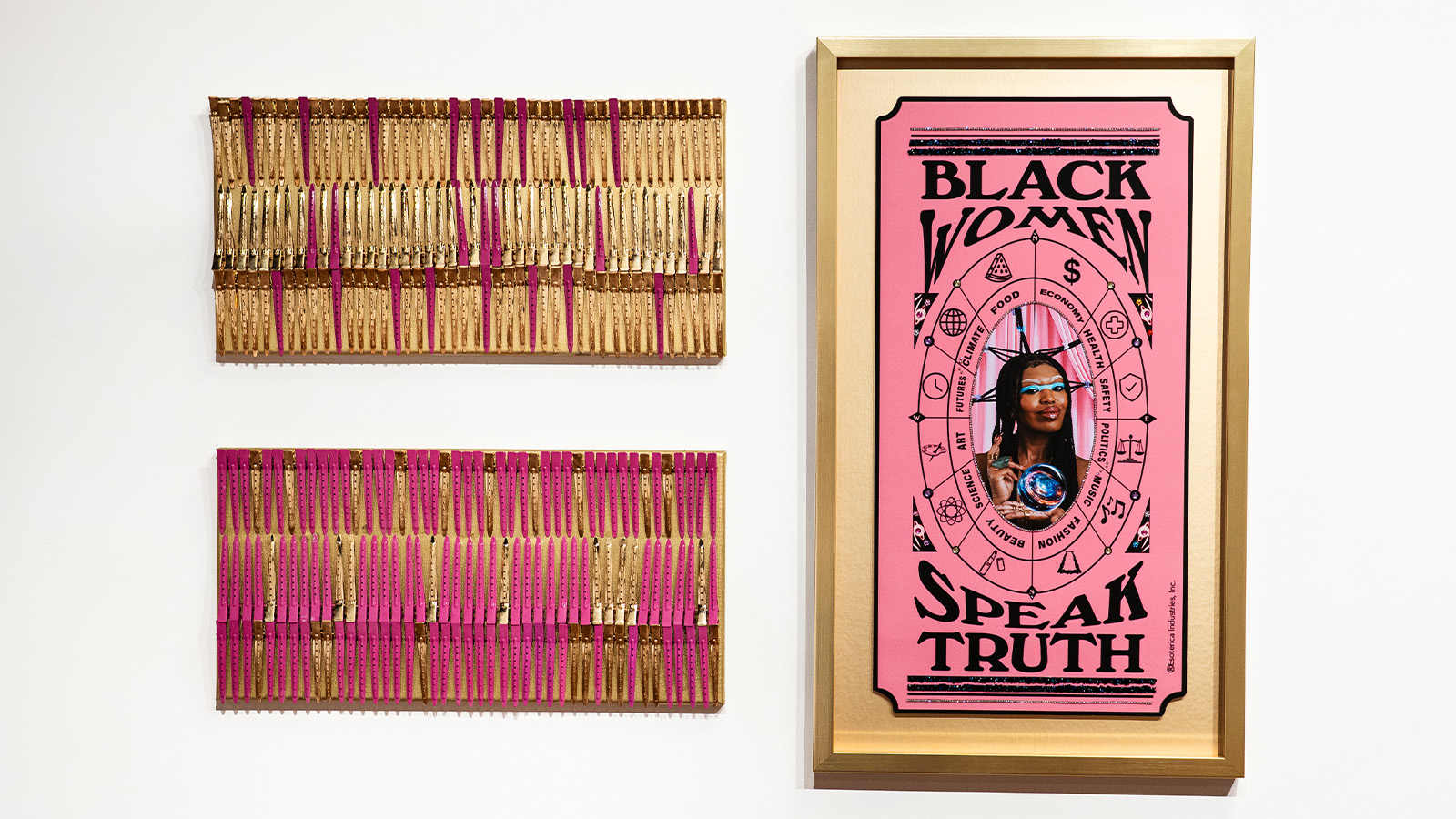 The spread of Butter: the Black-owned art fair where artists see all the profits
The spread of Butter: the Black-owned art fair where artists see all the profitsThe Indianapolis-based art fair is known for bringing Black art to the forefront. As it ventures out of state to make its Los Angeles debut, we speak with founders Mali and Alan Bacon to find out more
-
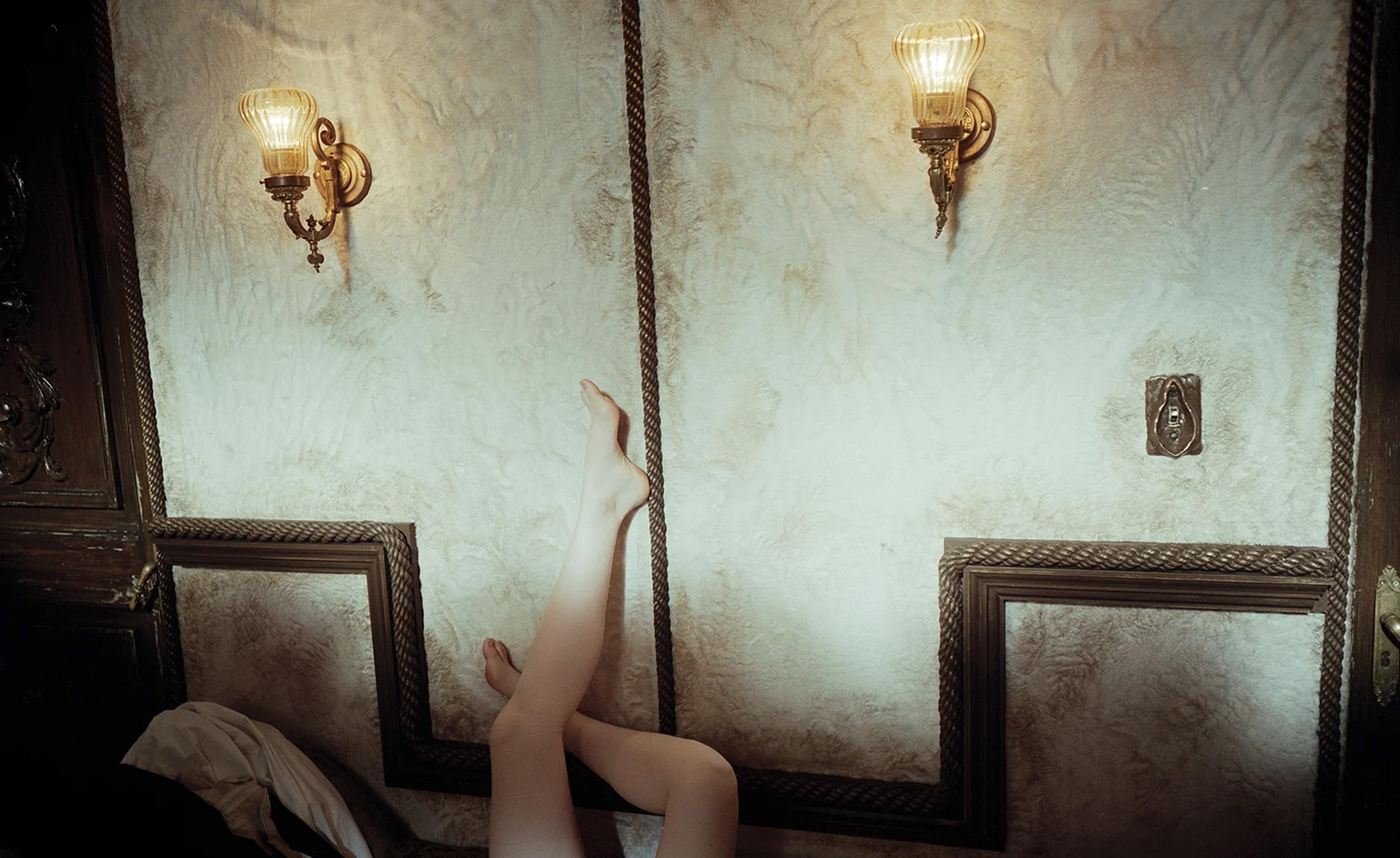 Unlike the gloriously grotesque imagery in his films, Yorgos Lanthimos’ photographs are quietly beautiful
Unlike the gloriously grotesque imagery in his films, Yorgos Lanthimos’ photographs are quietly beautifulAn exhibition at Webber Gallery in Los Angeles presents Yorgos Lanthimos’ photography
-
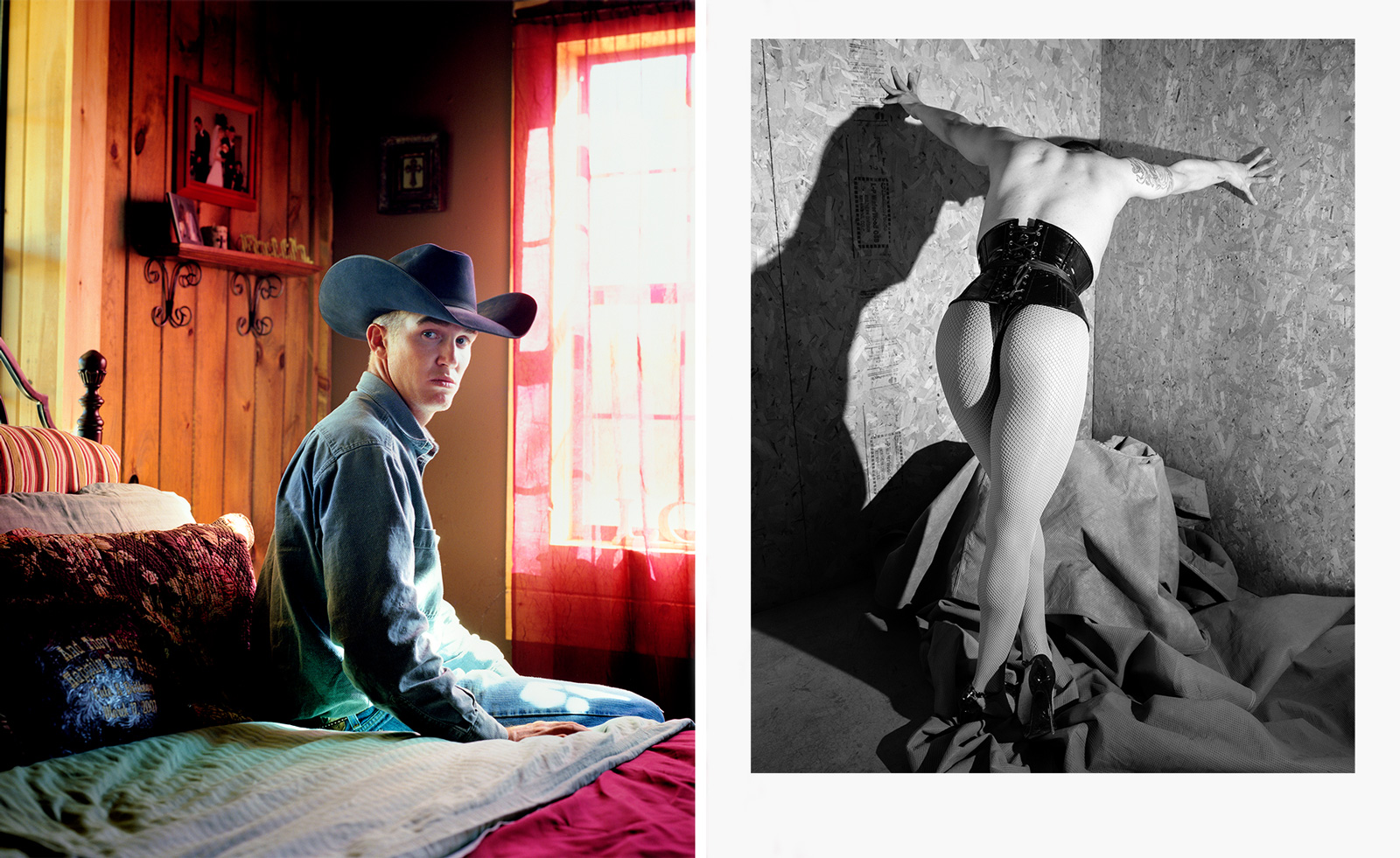 Cowboys and Queens: Jane Hilton's celebration of culture on the fringes
Cowboys and Queens: Jane Hilton's celebration of culture on the fringesPhotographer Jane Hilton captures cowboy and drag queen culture for a new exhibition and book
-
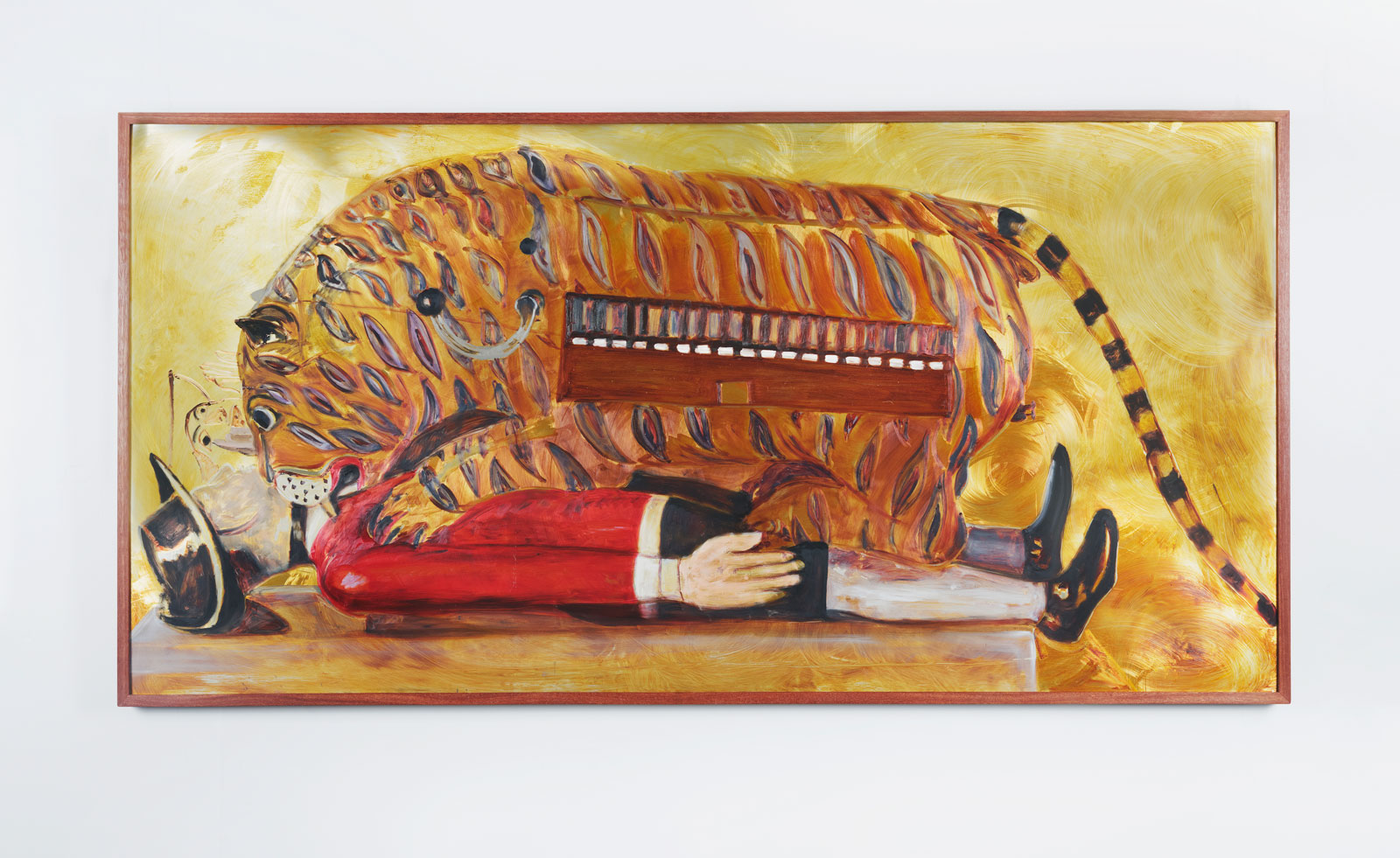 New gallery Rajiv Menon Contemporary brings contemporary South Asian and diasporic art to Los Angeles
New gallery Rajiv Menon Contemporary brings contemporary South Asian and diasporic art to Los Angeles'Exhibitionism', the inaugural showcase at Rajiv Menon Contemporary gallery in Hollywood, examines the boundaries of intimacy
-
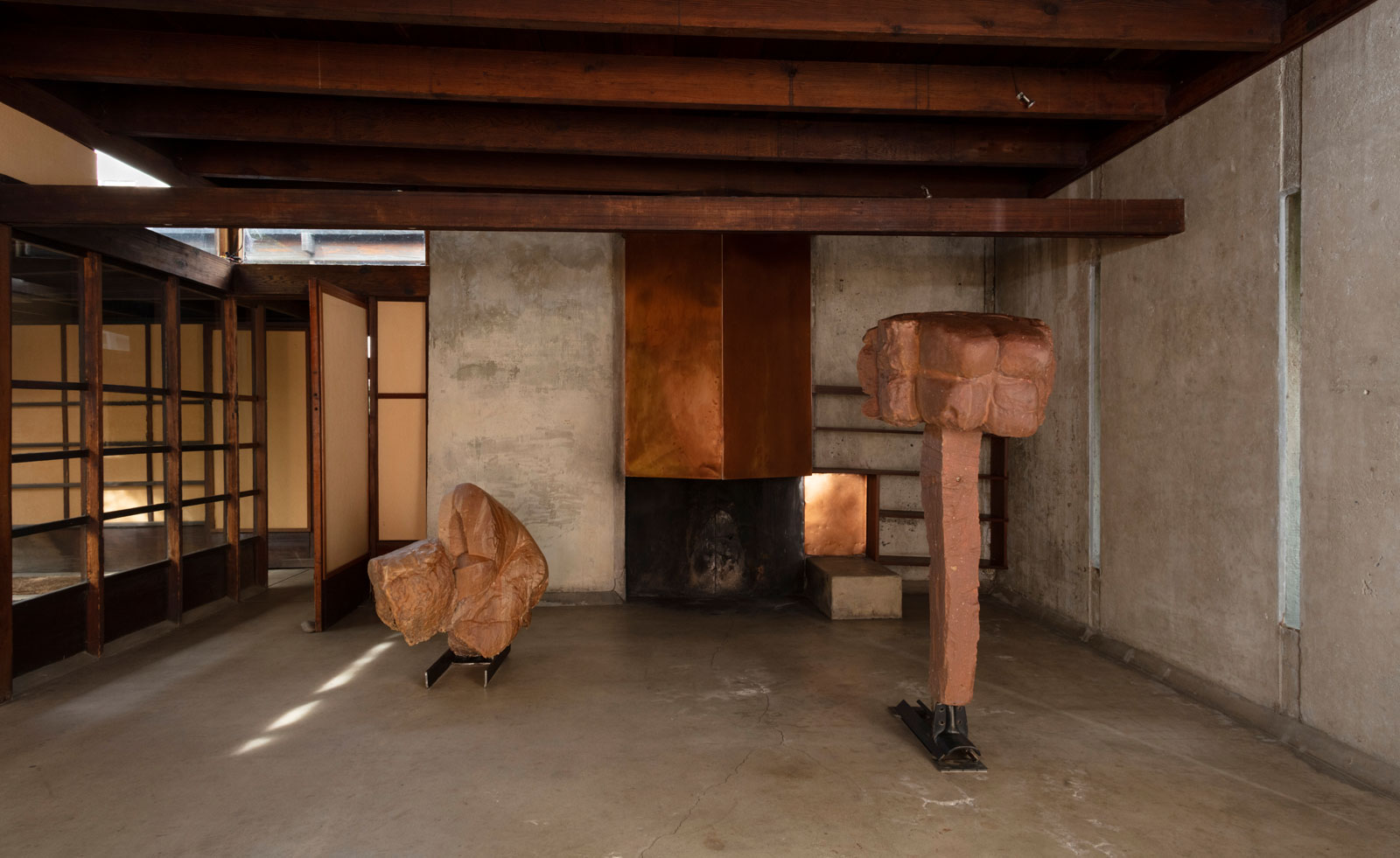 Helmut Lang showcases his provocative sculptures in a modernist Los Angeles home
Helmut Lang showcases his provocative sculptures in a modernist Los Angeles home‘Helmut Lang: What remains behind’ sees the artist and former fashion designer open a new show of works at MAK Center for Art and Architecture at the Schindler House
-
 Don't miss these seven artists at Frieze Los Angeles
Don't miss these seven artists at Frieze Los AngelesFrieze LA returns for its sixth edition, running 20-23 February, showcasing over 100 galleries from more than 20 countries, as well as local staples featuring the city’s leading creatives